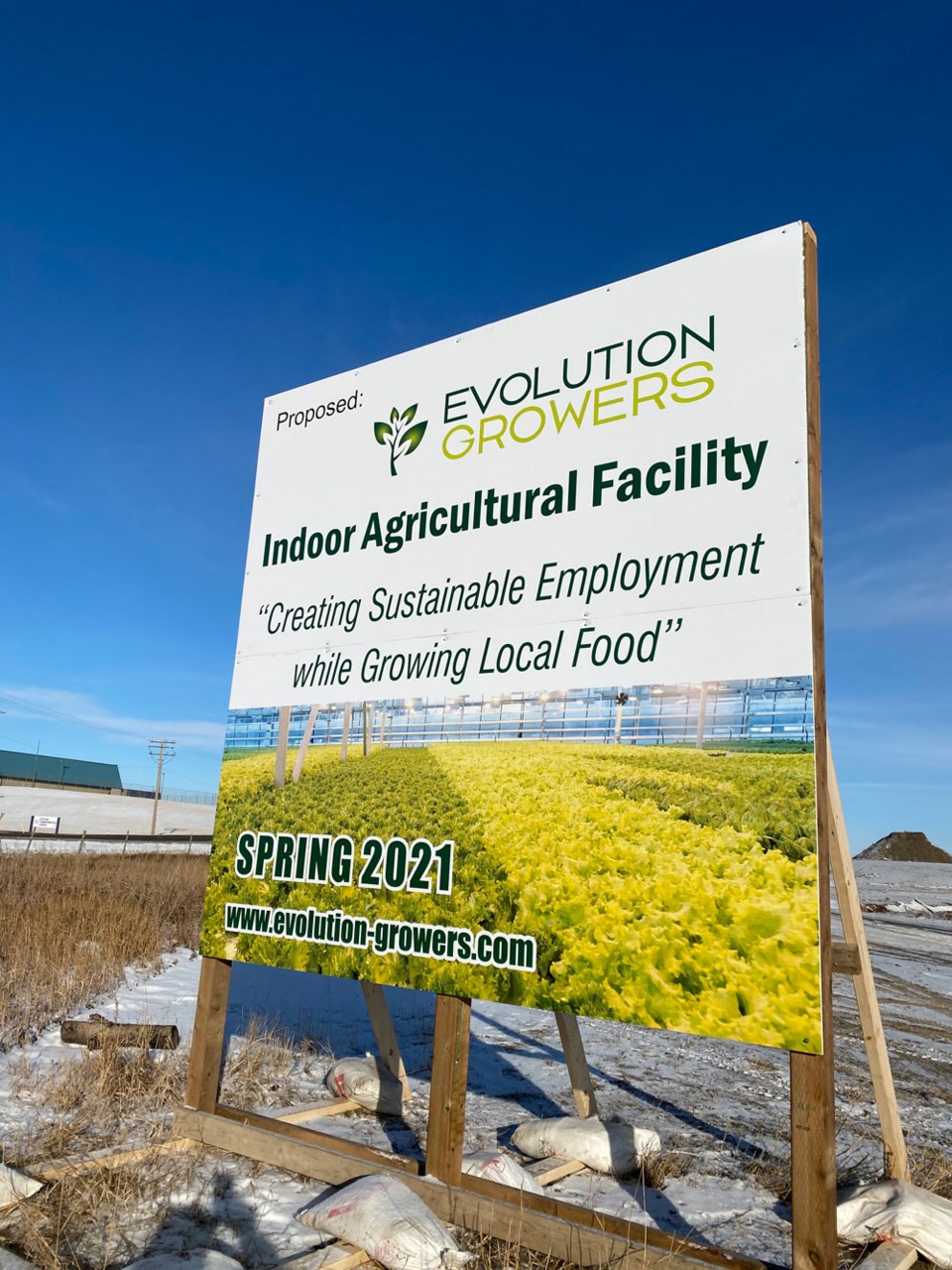ESTEVAN - The Petroleum Technology Research Centre (PTRC) has announced funding for a University of Regina research project looking at geothermal heat and the integration of different energy sources at a proposed greenhouse complex in Estevan.
The project will see the university working with start-up First Nation’s company Evolution Growers – which is in the advanced stages of planning and development of a greenhouse operation that will utilize different sources of clean energy on a three-tiered research program.
The first step would be exploring medium to high-temperature geothermal reservoirs in Saskatchewan with careful engineering design and implementation, to secure a long-term sustainable energy process at the Evolution Growers’ site.
The next tier would be to develop a tool to assist in determining geothermal energy conversion and delivery configurations that would maximize energy efficiency of operations.
Provide a cost-effective and resilient integrated energy system to integrate and utilize the geothermal, solar, wind and battery energy storage at the site.
Evolution is looking to use a combination of geothermal, solar energy and methane gas sources in the energy and heating design of two proposed greenhouses. Such a project will need not just geological characterization and engineering work, but also an integrative energy system to switch sources as operational demands change.
“The greenhouses will tap varying energy sources for our heating and lighting,” said Derrick Big Eagle, a First Nations entrepreneur and owner of Evolution Growers. “There aren’t many commercial greenhouse operations between Winnipeg and Alberta, and the demand is high for fresh vegetables and produce grown locally. It’s not just the use of clean energy to power the greenhouses, but also the reduction in transportation emissions we can achieve by growing more of our produce here that makes this project so environmentally efficient.”
U of R scientists from three different engineering schools – industrial systems, petroleum systems and electronic systems engineering – contribute know-how and research to the project. This integrative and co-operative approach reflects the goals outlined in the University’s Transitional Energy Hub, an initiative launched in 2021 that looks to increase interactive research across disciplines at U of R to reduce greenhouse gas emissions and improve energy efficiencies.
“What’s also exciting about this research project is that the skills and talents of professors, graduate students and post docs in areas of research that have previously focused primarily on hydrocarbon resources are directly applicable – and necessary – in the emerging energy field,” said Kathy McNutt, vice-president research at the U of R.
“PTRC has always had a strong focus on helping different companies with large set-point sources of CO2 realize their emission reduction targets,” said Ran Narayanasamy, the CEO of the PTRC. “We’re excited by this project because it expands PTRC’s reach into geothermal sources of energy, while also helping the university develop artificial intelligence and machine learning expertise to create integrated energy systems.”
The two-year research budget is $240,000, with PTRC’s $60,000 being supported by an additional $180,000 by Mitacs. This federally funded research facilitator assists universities working with companies to place and train highly qualified personnel. Both PTRC and the University are grateful to Mitacs for supporting efforts to expand engineering and scientific expertise into new energy fields.


